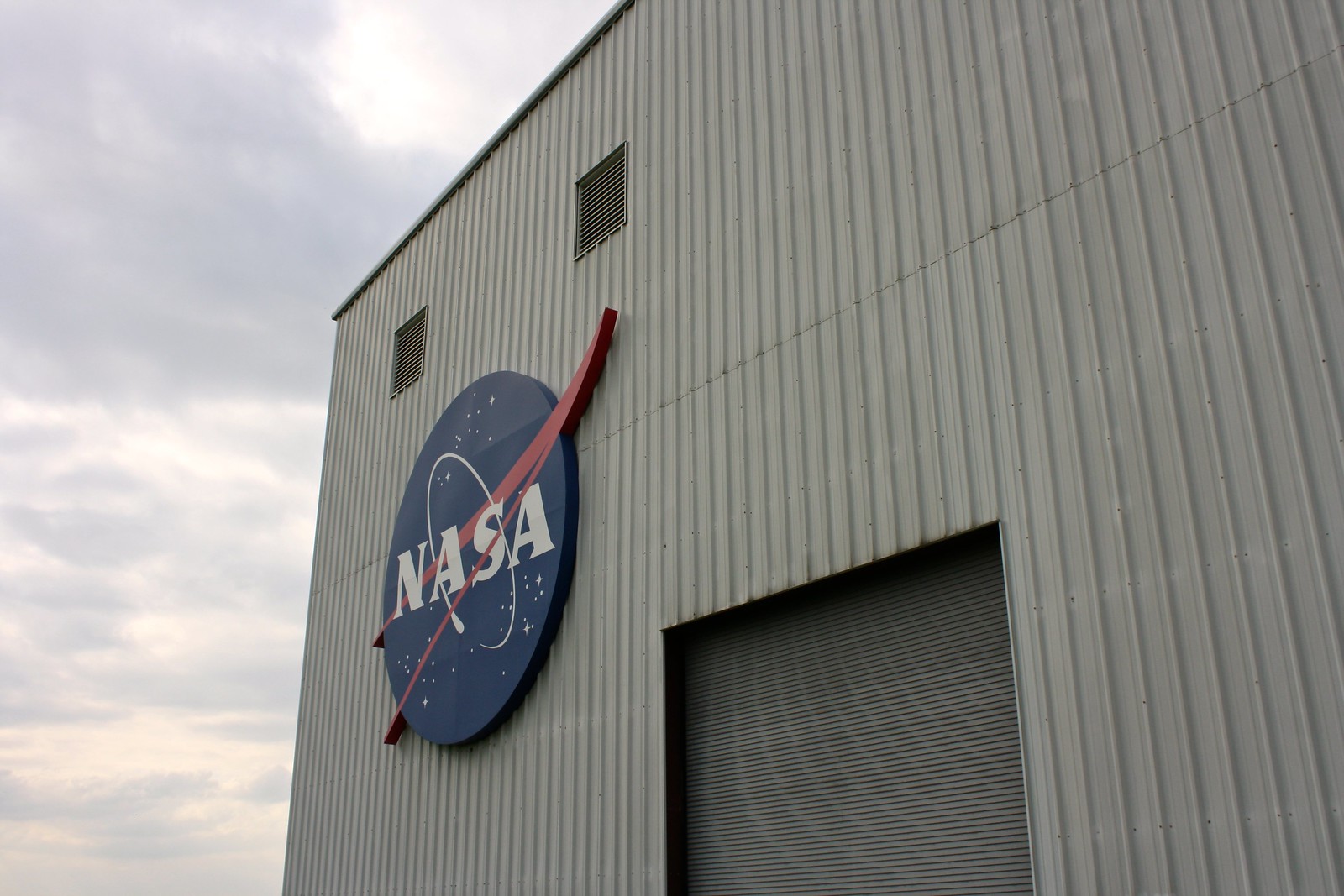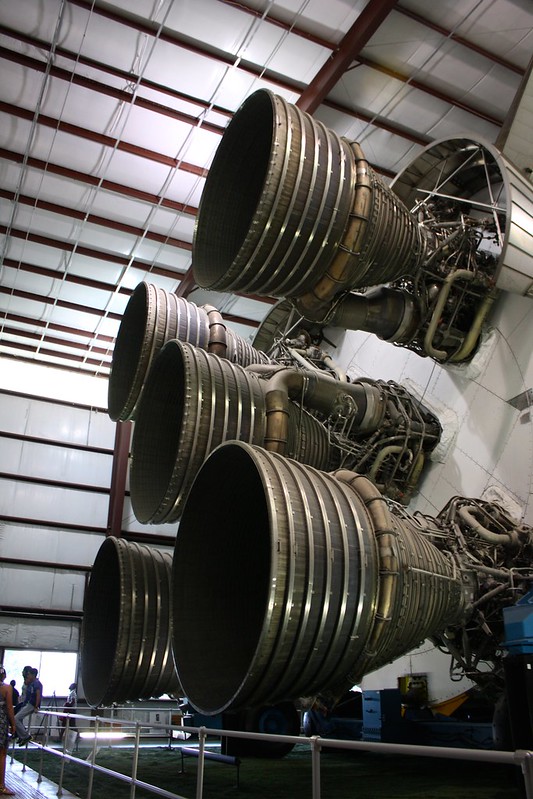Photo Post: Remembering the Space Race in Houston, Texas
 |
| Saturn V rocket |
A month ago I was back in Houston, Texas, for the weekend applying for a student visa at the Spanish consulate, which I need to go back to work in Spain as a language assistant for one more year. Because the Megabus schedules didn’t allow for me to leave Dallas early in the morning and return from Houston later in the day, I decided to make a city trip out of the whole ordeal and spend two nights in the local Hostelling International hostel.
 |
| Third stage of the rocket |
I was first in line to apply for a visa at the consulate, so I ended up having more free time than I thought I would. Thankfully, I had brought my library’s copy of Alas Babylon with me, so I spent several hours in Starbucks over the course of the trip engrossed in this highly realistic account of what might have happened had the U.S. and the USSR engaged in nuclear war. Written by Pat Frank, the book trailblazed the post-apocalypse genre and was published at the height of the Cold War in 1959.
With this book fresh on my mind, I hopped on a commuter bus downtown and rode all the way to the end of line: Johnson Space Center. Both a fully-functioning “home base” for the U.S. government’s NASA agency and an interactive space museum, JSC also houses a never-launched Saturn V rocket inside a gargantuan shed. Initially left to rot in the humid, polluted Houston air, this rocket has since been restored and moved indoors for preservation.
 |
| First stage of the rocket |
Reading Alas, Babylon while visiting this larger-than-life remnant from the Space Race really put things into perspective. Growing up, I was always fascinated with outer space and NASA rocket launches and thought it was the coolest thing that in the 1960s our government made it a priority to blast off Planet Earth and land hundreds of thousands of miles away on the Moon.
While President Kennedy’s call to reach the Moon had noble overtones of exploration and scientific inquiry, it’s impossible to separate the Apollo missions to the Moon he inspired from the larger nuclear arms race of the Cold War. In this atmosphere of mutual distrust (and, uh, mutually-assured destruction), both the U.S. and the Soviet Union competed to build bigger bombs, bombs that could strike deep within each others’ territory. Although the Russians were the first to orbit the globe with their Sputnik satellite, it was the U.S. that managed to first break free of the planet’s gravity and land on the Moon.
In short: if America could send a rocket to the Moon, reaching Moscow would be a piece of cake; mentally replace the “payload” of astronauts with nuclear weapons and you begin to realize the darker significance of the lunar landings.
 |
| The whole shebang |
But the Cold War ended almost 25 years ago, and today we remember NASA’s Apollo program not for the military might it demonstrated but for the exploration of the universe it pioneered. Seeing this gigantic relic from almost half a century ago in person was a really surreal experience: exhaust nozzles twice as tall as I am…the fuel tanks that provided the thrust to escape Earth’s gravity…the intricate tubing and wiring…and the astronaut quarters at the very top made me forget the military technology that made all this possible. After all, when they landed on the Moon, they left a plaque in the dust that said “We Came In Peace For All Mankind.”
 |
| The shed |
How to get there
Johnson Space Center hugs the far southeastern city limits of Houston proper, occupying a stretch of land near where Clear Creek empties into Galveston Bay. By car, follow Interstate 45 (the Gulf Freeway) for about half an hour south to Nasa Parkway, which will take you through some suburbs until you arrive at the government facilities. It’s a little trickier to get to via public transit, but the city does run several commuter buses between downtown Houston and the space center parking lot, for only a couple bucks each direction. Diligently study the hours for the 244, 246, 247, and 249 buses here.Have you visited the Saturn V rocket in Houston, Texas? Or even a Space Shuttle? Let me know any nerdy insights you might have in the comments below!

